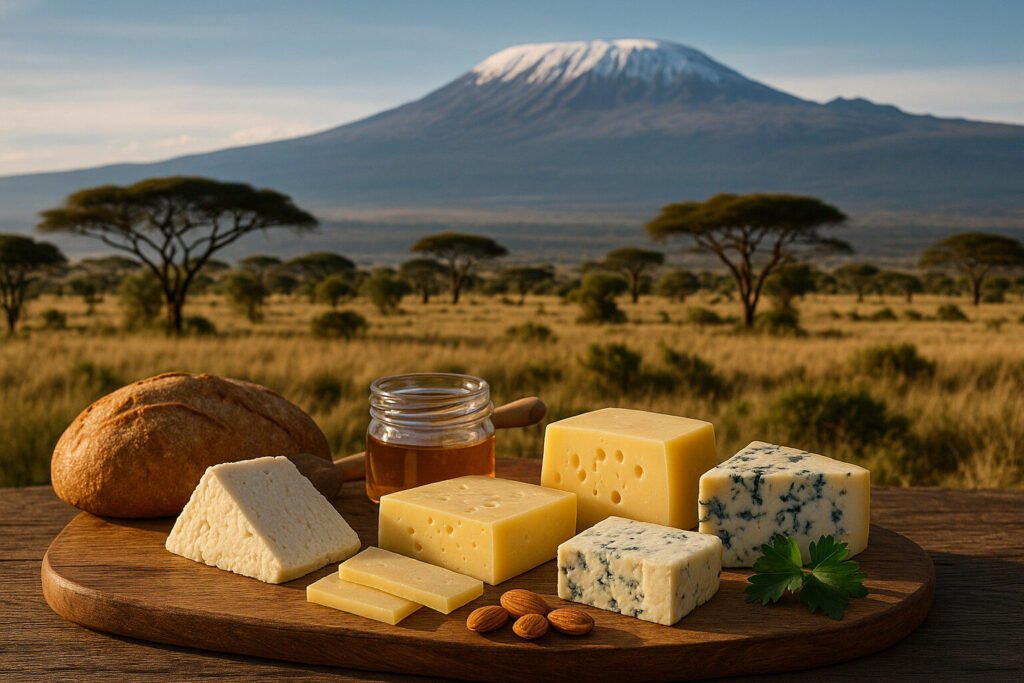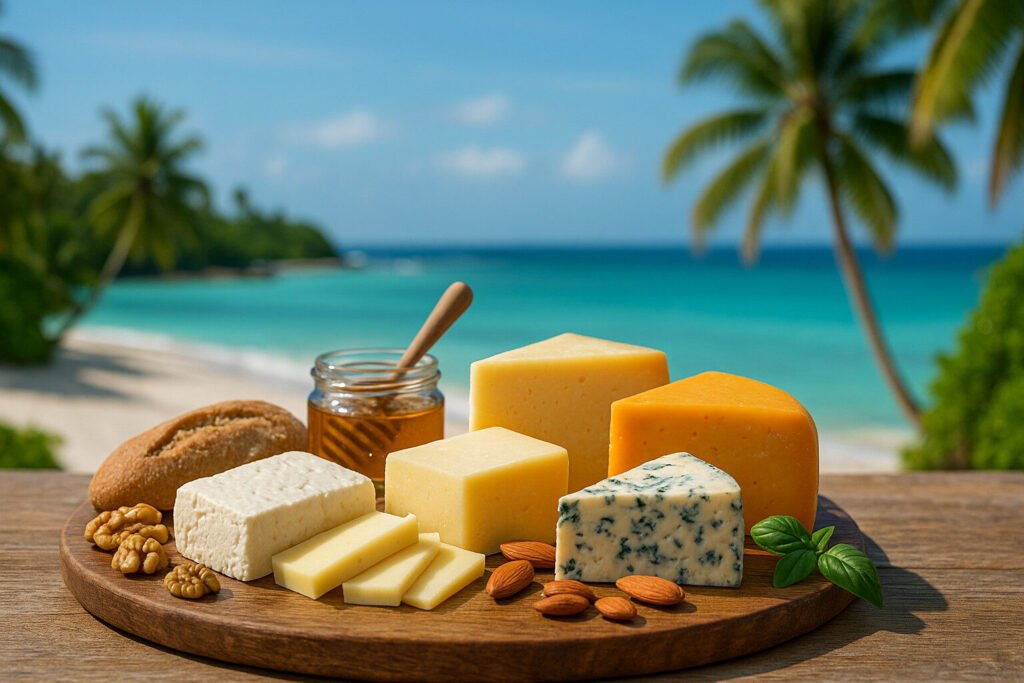Cheese Of Madagascar
Definition and Scope
Madagascar is not a cheese style but a geographical origin. The term refers to cheeses produced on the island nation of Madagascar. These cheeses are not defined by a single style but by their local production context.
Madagascan cheesemaking primarily utilizes local zebu cattle milk. The scope includes fresh cheeses and simple aged varieties adapted to the tropical climate. Production is often small-scale, serving local and regional markets.
Production Techniques
Traditional techniques in Madagascar often involve simple curdling methods using local rennet or acidic substances. The humid, warm climate necessitates shorter aging periods or fresh cheese consumption. Basic equipment is common in many rural production settings.
Modern dairies may employ European-inspired methods for more consistent results. However, most production maintains artisanal characteristics. The focus remains on utilizing available milk sources without complex aging infrastructure.
Sensory Profile
Madagascan cheeses typically exhibit mild, milky flavors due to their fresh nature or brief aging. The tropical forage can impart subtle herbal notes to the milk. Texture ranges from soft and moist to semi-firm depending on moisture content.
These cheeses generally lack the intense complexity of long-aged European varieties. Their profiles reflect the clean, straightforward character of the local milk. Acidity levels tend to be moderate, balancing the inherent milk sweetness.
Culinary Uses
Fresh Madagascan cheeses are commonly consumed as table cheeses or in simple sandwiches. They pair well with local fruits like lychee and pineapple. Their mild nature makes them versatile for both sweet and savory applications.
In cooking, these cheeses work well melted in traditional dishes or as protein additions. They complement the island’s French-influenced cuisine in gratins and salads. Their accessibility makes them everyday food items rather than specialty products.
Regional Context
Cheesemaking in Madagascar occurs primarily in the central highlands where dairy farming is concentrated. The regions around Antananarivo host most commercial dairy operations. Production remains limited compared to global cheese regions.
Madagascar represents how cheesemaking adapts to specific geographical and climatic conditions. The island’s cheese output reflects its unique agricultural ecosystem. This regional example demonstrates cheese development outside traditional European centers.


